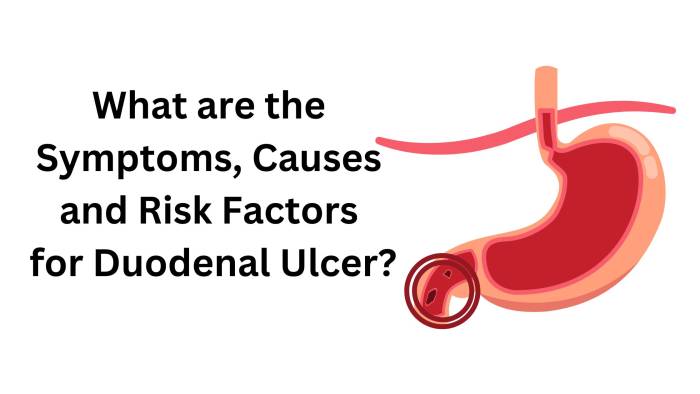
What are the Symptoms Causes and Risk Factors for Duodenal Ulcer
An example of a peptic ulcer is a duodenal ulcer, which develops in the duodenum, the first segment of the small intestine that lies past the stomach. You should always go near the Top Gastroenterologist in Agra. Effective prevention and treatment of these conditions depend on an understanding of their causes, symptoms, and risk factors.
Symptoms
- Nausea and Vomiting:
Nausea and perhaps vomiting are common symptoms in people with duodenal ulcers.
Indigestion:
There may also be additional symptoms, such as bloating, burp, and a sense of fullness, associated with chronic indigestion.
- Loss of Appetite:
Suffering from chronic pain and discomfort may cause appetite suppression, which may lead to weight loss.
Causes
- Helicobacter pylori Infection:
Duodenal ulcers are mostly caused by the bacteria Helicobacter pylori. Due to damage to the duodenum's mucosal lining, acid erosion is more likely to occur.
- Smoking:
Smoking can both raise the generation of stomach acid and lower the creation of compounds that shield the mucosal lining.
- Stress:
Stress can make symptoms worse and increase the production of stomach acid, which can lead to the development of ulcers even though it is not a direct cause.
Risk Factors
- Family History:
Some people may be more vulnerable due to a hereditary propensity to ulcer formation.
- Age:
While duodenal ulcers can occur at any age, adults between the ages of 30 and 50 are more likely to experience them.
- Chronic Illness:
Ulcer risk might be raised by illnesses such chronic liver disease or kidney disease.
Conclusion
Although duodenal ulcers are treatable, immediate medical intervention is necessary to avoid complications and ease discomfort. Early symptom recognition and comprehension of the underlying causes and risk factors can have a substantial impact on the effectiveness of treatment. You can easily find Best Gastro Doctor in Agra near you. Dr Karan R Rawat is qualified gastroenterologist at a safe surgery center.



